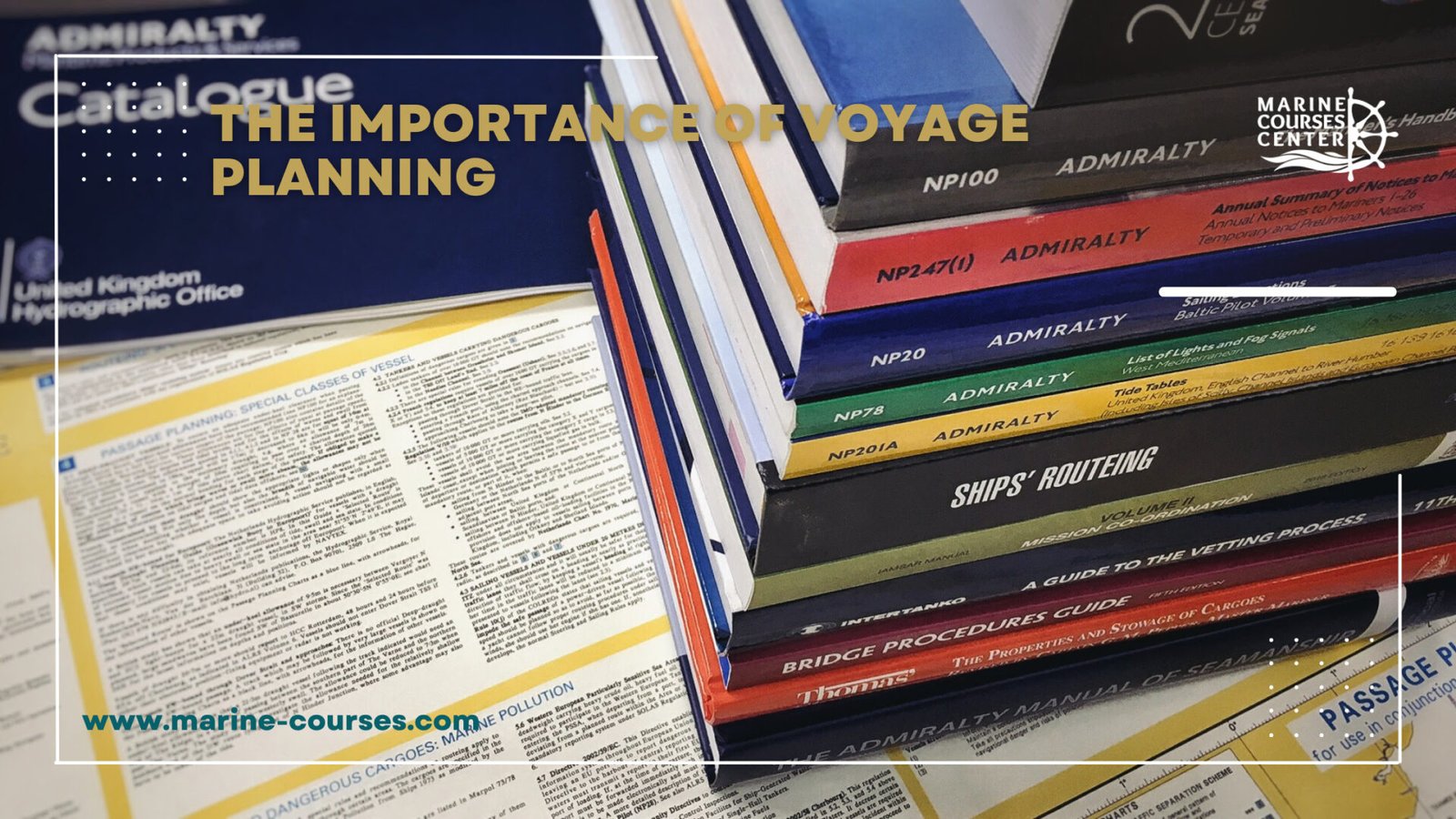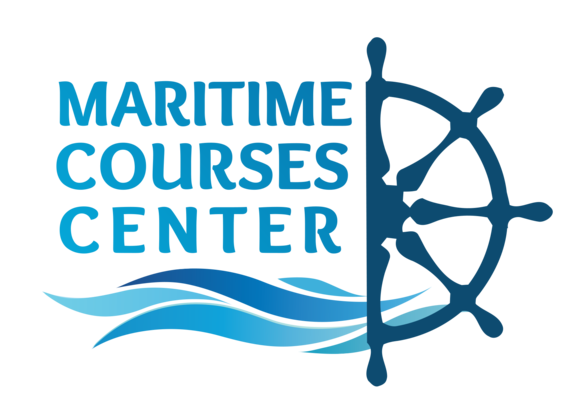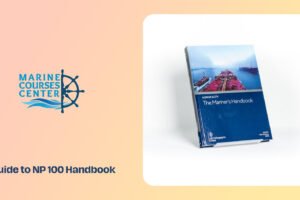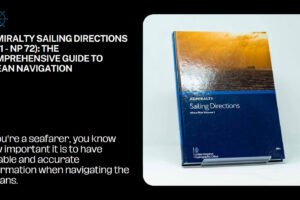
Nautical Publications: A Guide to Essential Information Sources for Navigators

Nautical Publications: A Guide to Essential Information Sources for Navigators
Navigation is a critical aspect of seafaring, and the navigator relies heavily on textual information sources to plan and execute a voyage. These sources provide essential information on topics such as weather, tides, navigational hazards, and aids to navigation. In the past, this information was mainly available in the form of paper publications, but with the advent of electronic methods, the navigator must be aware of the most effective ways to obtain and use these resources. In this article, we will explore the key types of nautical publications and how to use them to navigate a ship safely.
Table of Contents
1. Introduction
Navigating a ship safely requires the use of accurate and up-to-date information on a variety of topics. In the past, this information was primarily available in the form of paper publications, which had to be carefully maintained and updated to ensure their accuracy. However, with the advent of electronic methods, such as electronic charting systems and e-books, many of these publications are now available in digital form. While this can make it easier to obtain and use the information, it also requires navigators to be aware of the most effective methods for obtaining and using these resources.
2. Notices to Mariners
Notices to Mariners are updates to nautical charts and other publications that provide information on changes to navigational aids, hazards, and other features. They are typically issued on a weekly or monthly basis, depending on the region. Notices to Mariners are essential for keeping charts and other publications up-to-date, and failure to incorporate them into navigation planning can lead to serious safety issues.
3. Summary of Corrections
A summary of corrections is a document that provides a list of all corrections to a particular publication, such as a nautical chart, since its initial publication. It is essential to keep track of these corrections to ensure that the information in the publication remains accurate.
4. Sailing Directions
Sailing Directions provide detailed information on navigation, including information on ports, waterways, and other features. They are typically organized by region and are updated regularly to reflect changes in the environment. Sailing Directions are an essential resource for planning and executing a voyage.
5. Light Lists
Light Lists provide information on navigational aids, including lighthouses, buoys, and beacons. They include details such as the location, characteristics, and range of the aid, as well as any changes or updates. Light Lists are essential for identifying and locating navigational aids, which are critical for safe navigation.
6. Tide Tables
Tide Tables provide information on tidal currents and heights for a particular region. They are typically organized by location and provide details such as the time and height of high and low tides. Tide Tables are essential for planning a voyage, as they can help the navigator avoid hazards and take advantage of favorable conditions.
7. Sight Reduction Tables
Sight Reduction Tables provide a method for calculating a ship’s position based on celestial observations, such as the position of stars or planets. They are used in conjunction with a sextant to determine the ship’s latitude and longitude.
8. Almanacs
Almanacs provide information on astronomical events, such as the positions of stars and planets, and other data relevant to navigation, such as the times of sunrise and sunset. They are typically published annually and are essential for planning celestial navigation.
9. Electronic Nautical Publications
Electronic nautical publications are increasingly replacing paper publications as the primary method for obtaining nautical information. They offer several advantages, such as the ability to update information more quickly and easily and the ability to access information from anywhere with an internet connection. However, it is essential to ensure that the electronic publication is up-to-date and reliable before relying on it for navigation.
10. Choosing the Right Nautical Publications
Choosing the right nautical publications depends on several factors, such as the region being navigated, the type of vessel, and the type of navigation being used. For example, a sailor navigating coastal waters might need different publications than a sailor crossing an ocean. It is important to research the available options and consult with other experienced navigators to determine which publications are most appropriate for a particular voyage.
11. Obtaining Nautical Publications
Nautical publications can be obtained from a variety of sources, such as marine supply stores, bookstores, and online retailers. Many publications are also available for free online from government agencies and other organizations. It is important to ensure that the publication is the most up-to-date version and to keep it updated throughout the voyage.
12. Using Nautical Publications for Navigation
Using nautical publications for navigation requires careful planning and attention to detail. The navigator must ensure that the information is up-to-date and reliable and must know how to interpret and apply the information to the current situation. It is also important to cross-reference information from multiple sources to ensure its accuracy.
13. Best Practices for Navigating with Nautical Publications
Some best practices for navigating with nautical publications include maintaining accurate and up-to-date records, regularly checking for updates to publications, and using multiple sources to verify information. It is also important to have a solid understanding of the publication’s format and contents before relying on it for navigation.
14. Common Mistakes to Avoid
Some common mistakes to avoid when using nautical publications include relying on outdated or inaccurate information, failing to cross-reference information from multiple sources, and failing to keep records of updates and corrections. It is important to be vigilant and attentive to details when using nautical publications for navigation.
15. Conclusion
Nautical publications are essential resources for navigators, providing critical information on weather, tides, navigational hazards, and other important topics. With the increasing availability of electronic publications, it is more important than ever for navigators to be aware of the most effective ways to obtain and use these resources. By following best practices and avoiding common mistakes, navigators can use nautical publications to navigate safely and successfully.
16. FAQs
- What is the most important nautical publication for navigation?
- Can nautical publications be used for navigation in all regions of the world?
- How often should navigators check for updates to nautical publications?
- Are electronic nautical publications more reliable than paper publications?
- What should navigators do if they encounter conflicting information in different nautical publications?
Leave A Reply
You must be logged in to post a comment.




3 Comments